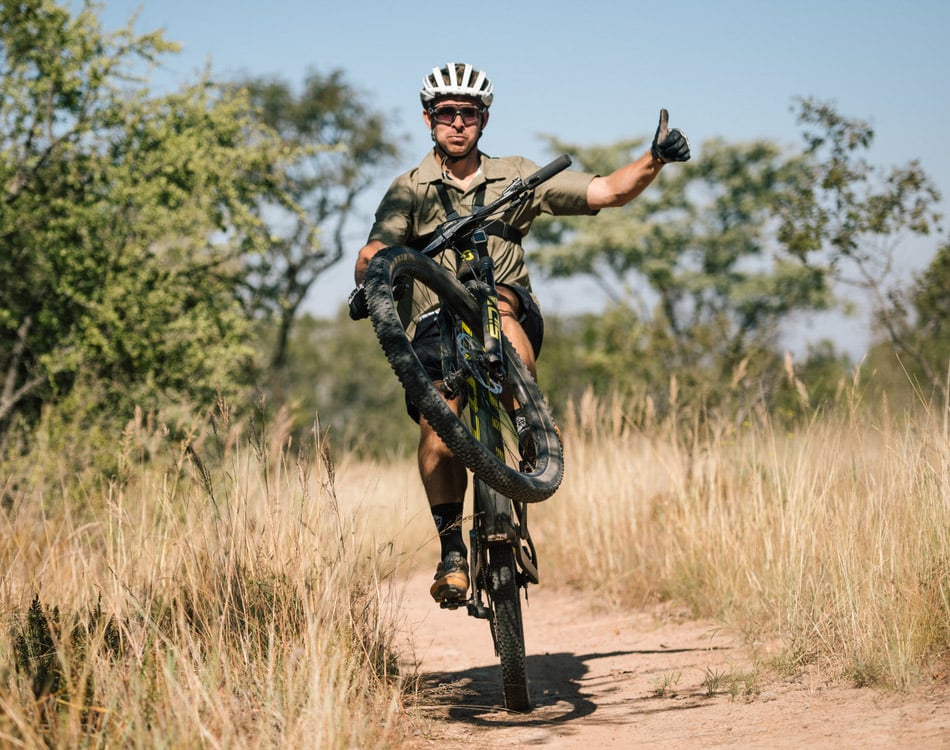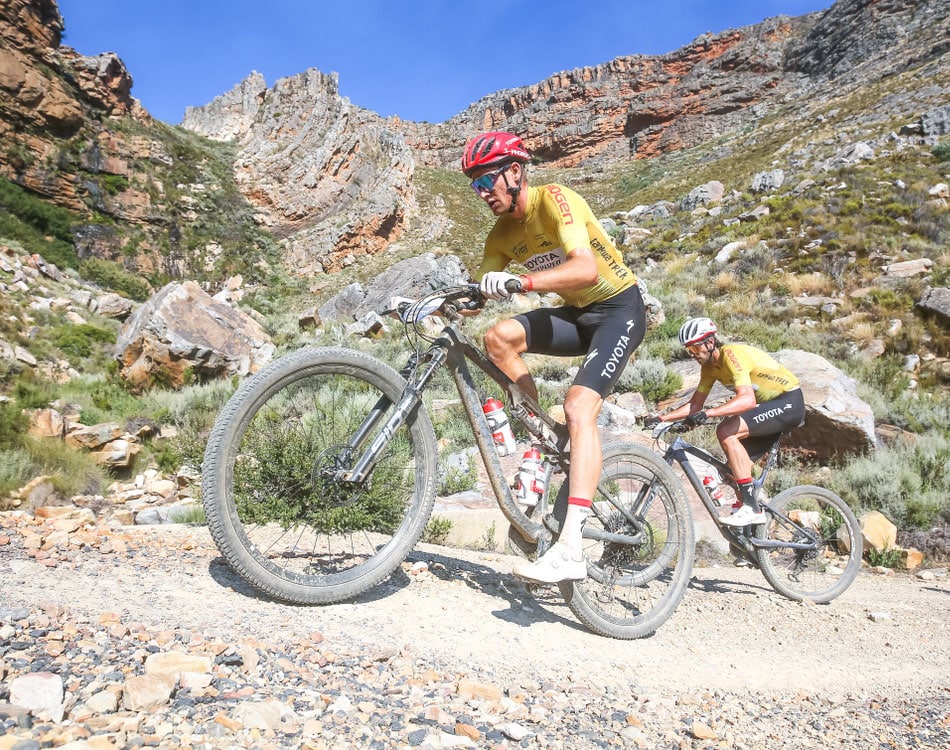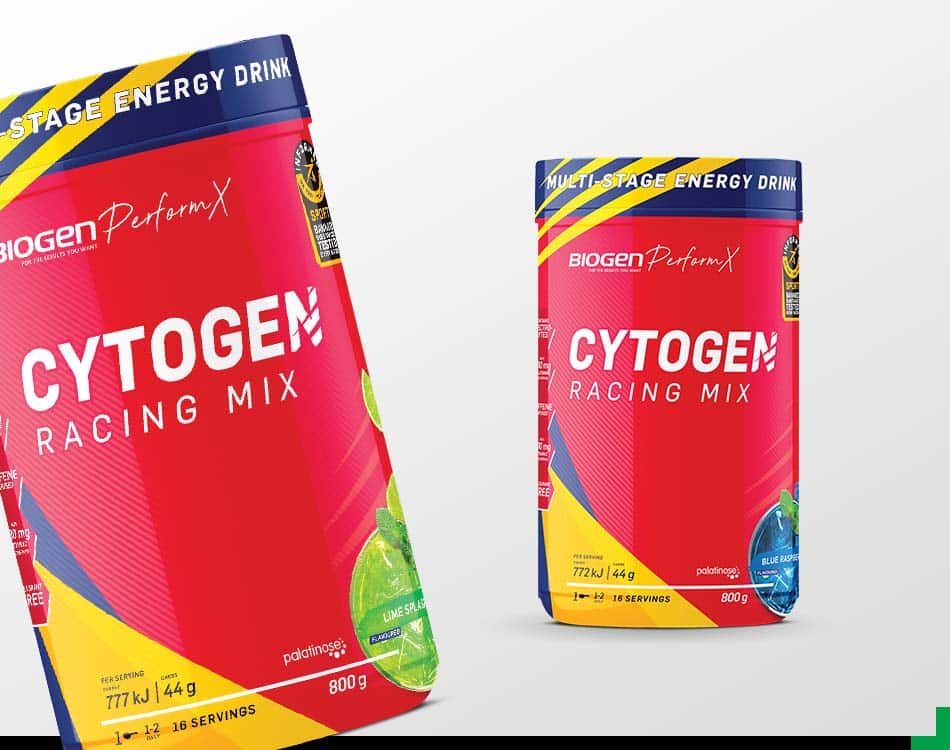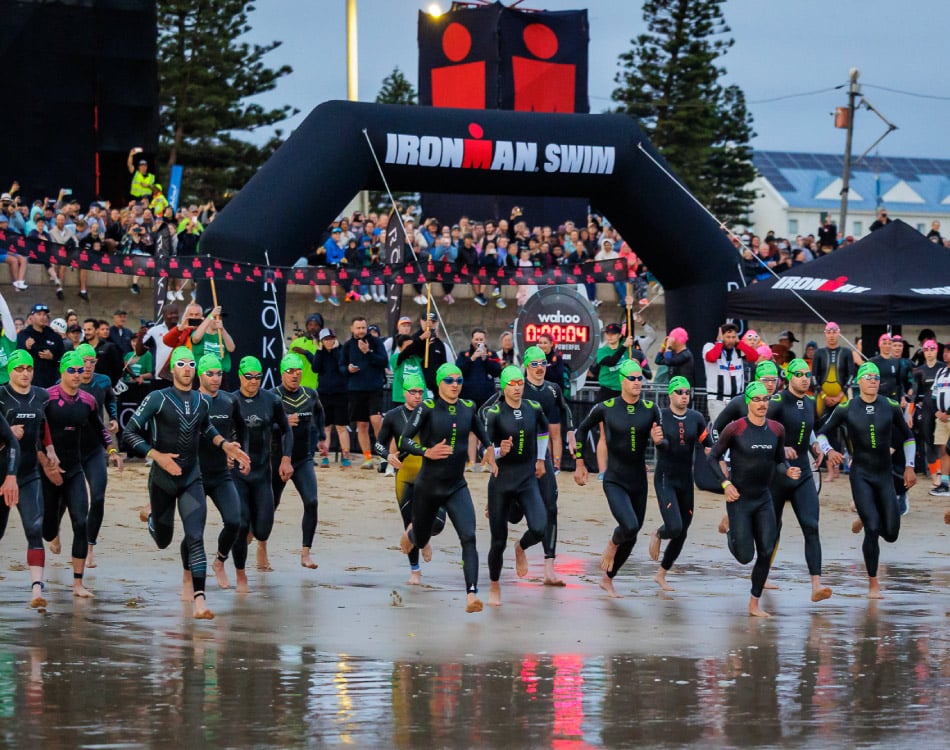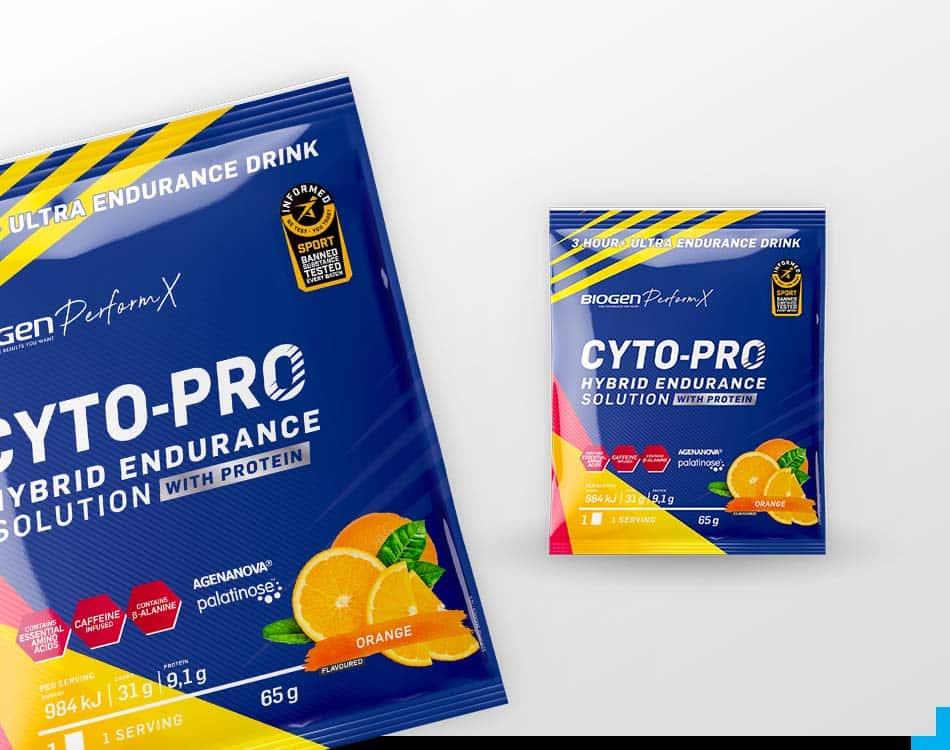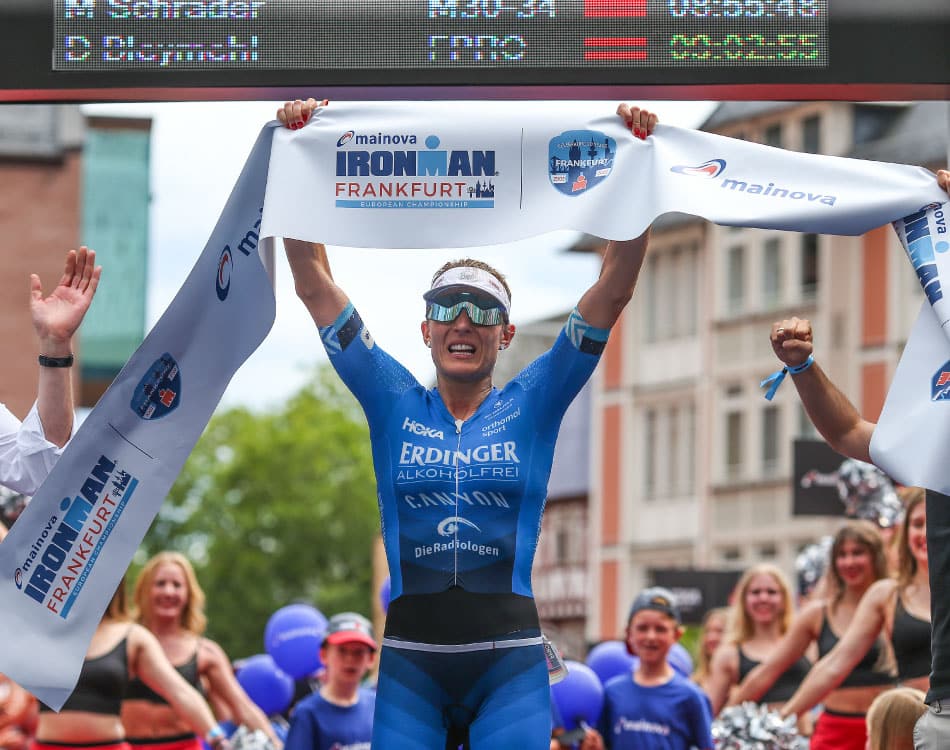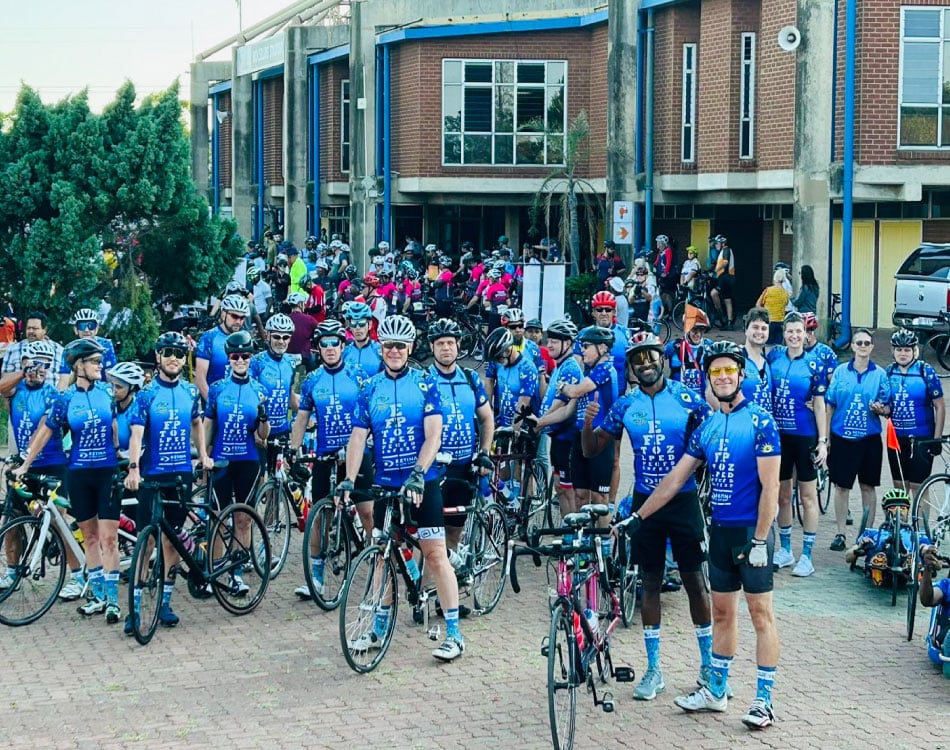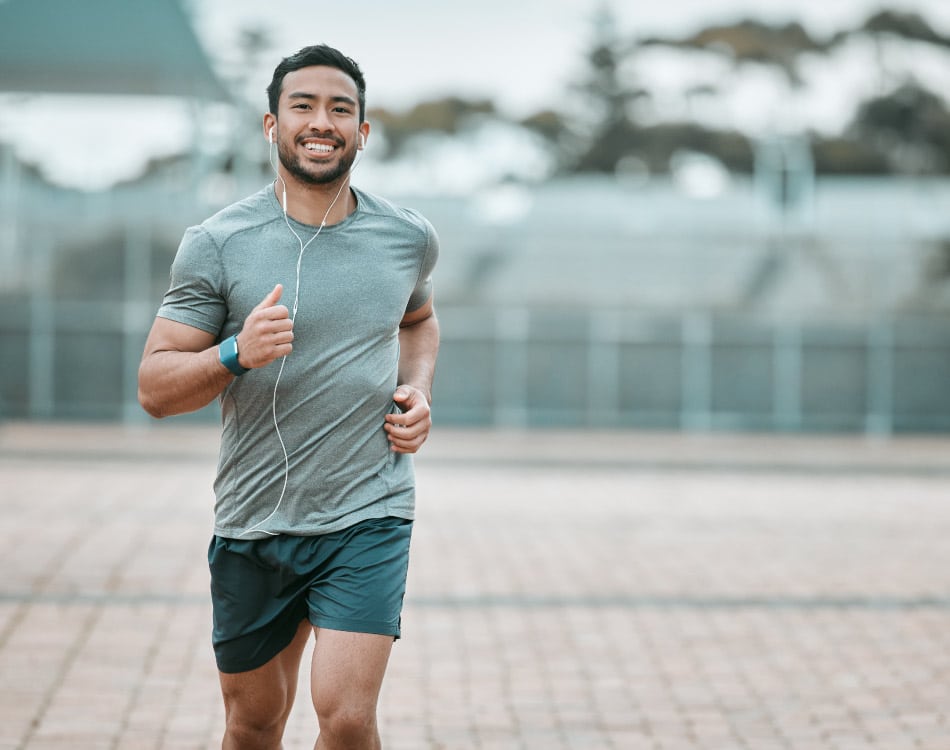Heat can increase your risk of muscle cramps and the 2023 summer season in South Africa will likely be warmer (and dryer) than usual due to the strong El Niño weather event that is forming.
While many welcome the warmer weather after a bitterly cold winter, athletes face numerous challenges when training and racing in the heat.
READ MORE | 4 Steps To Help Alleviate Muscle Cramps
Sapping your performance
As a recent research paper released by World Athletics explains: “Exercise in the heat can elicit considerable physiological and perceptual strain1”.
In addition, large increases in core and/or skin temperatures alongside dehydration induced by plasma volume loss, can conspire to compromise endurance performance1.
When coupled with extreme relative humidity, athletes can experience a wide range of physiological conditions2, including:
- Heat stroke (also known as hyperthermia)
- Heat syncope
- Heat exhaustion
- Dehydration2
Heat exhaustion is a common form of heat sickness, with a broad range of potential clinically-defined symptoms that can include various combinations of headache, dizziness, fatigue, hyper-irritability, tachycardia (rapid heartbeat), hyperventilation, diarrhoea, hypotension (low blood pressure), nausea, vomiting, syncope (fainting), cramps, as well as heat sensations in the head and upper torso.
For these reasons, heat exhaustion is generally defined as the inability to continue exercising in a hot environment. Symptoms associated with heat stroke can include feeling lightheaded, mental confusion, and fainting.
READ MORE | How To Conquer The Dreaded Muscle Cramp
Heat and muscle cramps
The other common issue related to exercise in the heat is the dreaded muscle cramp. Exercise-associated muscle cramps (EAMC) can be a frustrating and painful experience for athletes.
While several factors contribute to the occurrence of EAMCs3, heat is a contributing factor in triggering and exacerbating this phenomenon when training or racing in hot and/or humid conditions.
Heat can play a critical role in the onset of EAMC because, when we exercise in a high-temperature environment, especially for prolonged periods, our bodies lose significant amounts of fluids and essential mineral salts known as electrolytes through sweat.
These electrolytes include sodium, potassium, calcium, and magnesium, which help regulate nerve impulses and muscle contractions. When excessive sweating leads to an electrolyte imbalance, our bodies can experience issues in normal muscle function as muscle fibres may contract involuntarily, which could lead to painful cramps.
READ MORE | Your Guide To Electrolytes And Optimal Hydration
Supporting muscle contractions
During exercise, nerve signals stimulate muscle fibres to contract via a process that requires adequate electrolyte levels to transmit these signals accurately and ensure proper muscle function.
When excessive sweating caused by heat and humidity depletes our electrolyte stores, it can disrupt the delicate balance required for normal muscle contractions. Dehydration further compounds the issue, as reduced fluid levels lead to decreased blood flow, which impairs the delivery of nutrients and electrolytes to muscle cells.
As a result, muscles can become more susceptible to cramping and fatigue when we exercise in heat-stressed conditions.
READ MORE | Don’t Water Down Your Performance: Optimise Hydration With These Supplements
Preventing heat-related cramps
Proper hydration is paramount to reduce your risk of EAMCs. Athletes should aim to hydrate before, during, and after exercise by eating foods that contain electrolytes and drinking a mix of water, energy drinks, and electrolyte-enriched solutions to help replenish fluids and replace essential electrolytes lost through sweat4.
Foods that contain electrolytes include:
- Bananas (potassium)
- Dairy products (calcium)
- Nuts and leafy greens (magnesium)
Electrolyte supplements are available as convenient ready-to-drink (RTD) products, gels, and effervescent tablets and powder drink mixes that dissolve in water. Numerous energy drinks also contain additional electrolytes to reduce the risk of cramping during exercise.
However, while an optimal hydration strategy reduces your risk of cramps, it is important to note that ensuring optimal hydration is no guarantee that you won’t experience cramps.
In a study5 conducted at the University of Alabama and published in 2005, which looked at the influence of hydration and electrolyte supplementation on EAMC, researchers found that: “Consumption of a carbohydrate-electrolyte beverage before and during exercise in a hot environment may delay the onset of EAMCs, thereby allowing participants to exercise longer. However, it appears that dehydration and electrolyte loss are not the sole causes of EAMCs, because 69% of the subjects experienced EAMCs when they were hydrated and supplemented with electrolytes.”
That means conventional guidelines around fluid and electrolyte intake can help stave off or alleviate EAMCs in certain but not all cases.
READ MORE | Beat The Summer Heat
Acclimate to the heat
The other important factor in reducing your risk of heat-related muscle cramps relates to your ability to tolerate the conditions6.
Improving your tolerance to exercise in a hot environment is known as heat acclimatisation. When executed properly, this practice can help reduce the incidence or severity of the various heat-related conditions and may also provide additional physiological improvements in endurance athletes7.
Complete heat acclimatisation can take 10-14 days and should follow a gradual process. Give your body time to adapt to hot conditions by gradually increasing exercise duration and intensity in the heat to help your body acclimatise. This adaptation process will help to improve your body’s ability to regulate temperature and fluid balance.
READ MORE | Hydrate And Energise To Optimise Endurance Performance
Heat regulation
You can also support your body’s natural cooling mechanism (sweating) by working to regulate body temperature while exercising in the heat by dowsing your body with cold water, applying ice packs, and wearing lightweight, breathable clothing to reduce heat retention and aid sweat evaporation.
It may also prove beneficial to run or ride in shaded areas whenever possible during a race, or take breaks under cover during training sessions to limit your exposure to direct sunlight.
While heat is just one potential cause of EAMCs, understanding the role of heat and electrolyte imbalances play in triggering muscle cramps can help you create more effective prevention strategies to beat the heat this summer.
References:
- Galan-Lopez, N. Esh, C.J. Et al. Heat Preparation and Knowledge at the World Athletics Race Walking Team Championships Muscat 2022. International Journal of Sports Physiology and Performance. First Published Online: 6 Jun 2023. https://doi.org/10.1123/ijspp.2022-0446
- Khan, A.A. Heat related illnesses: Review of an ongoing challenge. Saudi Med J. 2019 Dec; 40(12): 1195–1201. doi: 10.15537/smj.2019.12.24727
- Kevin C. Miller, K.C. Stone, M.S. Et al. Exercise-Associated Muscle Cramps: Causes, Treatment, and Prevention. Sports Health. 2010 Jul; 2(4): 279–283. doi: 10.1177/1941738109357299
- Bergeron, M. F., & Maresh, C. M. (1998). Exercise and fluid replacement. Medicine & Science in Sports & Exercise, 30(1), 71-75.
- Jung, A.P. Bishop, P.A. Al-Nawwas, A. Dale, R.B. Influence of Hydration and Electrolyte Supplementation on Incidence and Time to Onset of Exercise-Associated Muscle Cramps. J Athl Train. 2005 Jun;40(2):71-75.
- Pryor, J. L. Johnson, E.C. Et al. Application of evidence-based recommendations for heat acclimation: Individual and team sport perspectives. Temperature (Austin). 2019; 6(1): 37–49.
- Benjamin, C. L. Sekiguchi, Y. Et al. Heat Acclimation Following Heat Acclimatization Elicits Additional Physiological Improvements in Male Endurance Athletes. Int J Environ Res Public Health. 2021 Apr; 18(8): 4366. Published online 2021 Apr 20. doi: 10.3390/ijerph18084366


